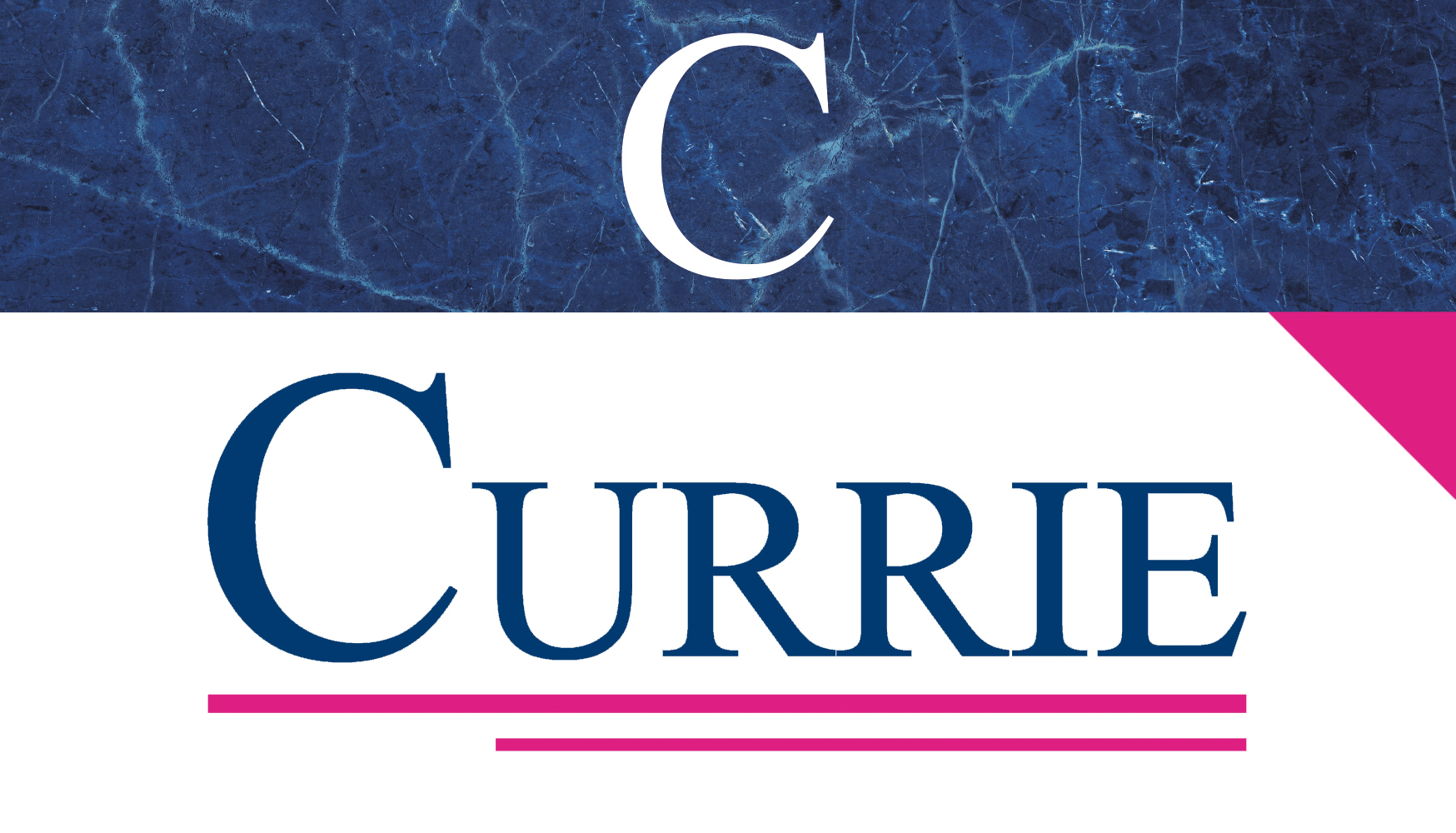
By Robin P. Currie, image by Gerd Altmann,
As we begin first quarter activities, discussions will happen about what we just went through, and what we call “Budget Time”. Budgeting is often seen as the most important exercise for any business, large or small. And, yes—unproficient expense control is a leading cause of failure for many organizations. But the budgeting process is oftentimes abounding with intensity, anguish, and clashes. Our job, at Currie Management Consultants, Inc. is to reveal, in order to assuage, budgeting difficulties. As expert consultants to the manufacturers, and distributors, of industrial equipment, this is one of our specialties. As you read on, you will see why our rallying cry is Death to the Budget! And instead, we call for Benchmarking over Budgeting. The approach: a unique product, mastered over Currie’s 42 years of consulting experience, called The Currie Gap Analysis.
Limitations that arise because of “budget mentality” are as plenteous as they are controversial. Unfortunately, budgeting can be a divisive part of running a business. The ownership team holds the vision, and rightly so. The management team–those called to execute–often approach the process from a different position.
From the viewpoint of the Principal or CEO, or the view from the top, we see rigorous performance expectations, fiscally conservative activities and attitudes, and collective consensus around the decisions of the executive team. With all the correct protocols in place, the system works, and all will flow into appropriate Balance Sheet and Income Statement results, and strong profitability. The plan includes growth, collaboration, increased profitability, and strong return. Audacity and courage are the powerful drivers at this level.
Have you heard of the book Men are From Mars and Women are From Venus? With tongue in cheek, we sometimes refer to that catchy title in describing the different worlds from which we see managers and executives coming together. And the budgeting process is one such platform where tremendous differences in philosophy may emerge. Within the belief that performance in their specific department is close to the ceiling, managers are often reluctant to submit budgets which project increase. When growth happens to be trending, they are more willing to rely on that experience and will budget accordingly. But the bottom line is that managers sometimes seek undramatic expectations, and as generous a spending account as possible, in order to continue to keep things moving along smoothly. Fear is a strong word, but during traditional budgeting activities, department managers tend to submit conservative forecasts. Security and continuity are the powerful drivers at this level.
In the event of a standoff, can there reasonably be a win/win? If the scenarios roll out as indicated above, then the ownership team will present their budget as final (or at least as final before first reassessment later in the year). We now potentially have an outcome of win/lose. In this case, the loss is of a less measurable, but infinitely important, element of a successful team—engagement.
“Think like an owner”. This is one of the mantras at Currie Management Consultants, Inc. Mindset is critically important, and the mission fueling the phrase is to engage all employees, at all levels, to think as the owner thinks. The mindset of managers makes them more likely to behave as if they are independent contractors, as opposed to behaving as an owner would. By implementing the conservative budgets that are presented by the management team, owners may be compromising growth and profitability. Although they are stewards of assets, department managers are somewhat removed from Balance Sheet expectations and results. Once again, philosophical differences, along with differing mindsets, catalyze breakdown within the traditional budgeting process.
After working with hundreds of dealerships and distributor organizations, the Currie Benchmarking Philosophy continues to provide a solid performance vision, comprehensive industry-wide financial expectation, and detailed metrics. The Currie Financial Composite, and the Currie Gap Analysis are two leading products that have become hallmarks of the success of dealers and distributors of industrial equipment.
Currently, the Currie team continues to accept financial input, each quarter, from over 300 organizations involved in the distribution of industrial equipment. This is an area we have been involved in, consistently, for over 40 years.
Within the Currie Gap Analysis, we present what has now become the industry standard of performance metrics. The high-level view shows Gross Profit expectations by department, expense models by category and department, net profitability for each individual department, General & Administrative expense benchmarks, and net profitability for the organization as a whole. Within the report is also an indication of Absorption at Model, and Actual Absorption.
The companion product to the Currie Gap Analysis, is the Currie Financial Model—an expanded process of measuring financial and productivity performance factors throughout the company. The Currie Financial Model is used in the Currie Financial Composite, a comparative report for all of our Currie Best Practices Groups. These methods are what we expect our clients to rely on—this is Benchmarking over Budgeting. The traditional budgeting process must be replaced, and the industry-wide familiarity with the Currie Financial model is the natural choice.
The Financial Model has been developed from seeing the best of the best. We know, through experience, “what it looks like when it’s right”. The Currie Gap Analysis takes the mindset issues off the table. We do not debate the validity of The Model. Instead, we encourage the Dialectic Method of decision-making and planning. Within a learning organization, managers and owners alike, seek the truth within the theories. We identify leading and lagging indicators in the current market conditions. We analyze the contributions of each department and unit within the company. And we assist all clients in establishing the engagement necessary to hold the vision of The Model. Results Orientation (Currie Success Principle #9) and Vision (Currie Success Principle #2) are now the influential drivers of growth and profitability.
